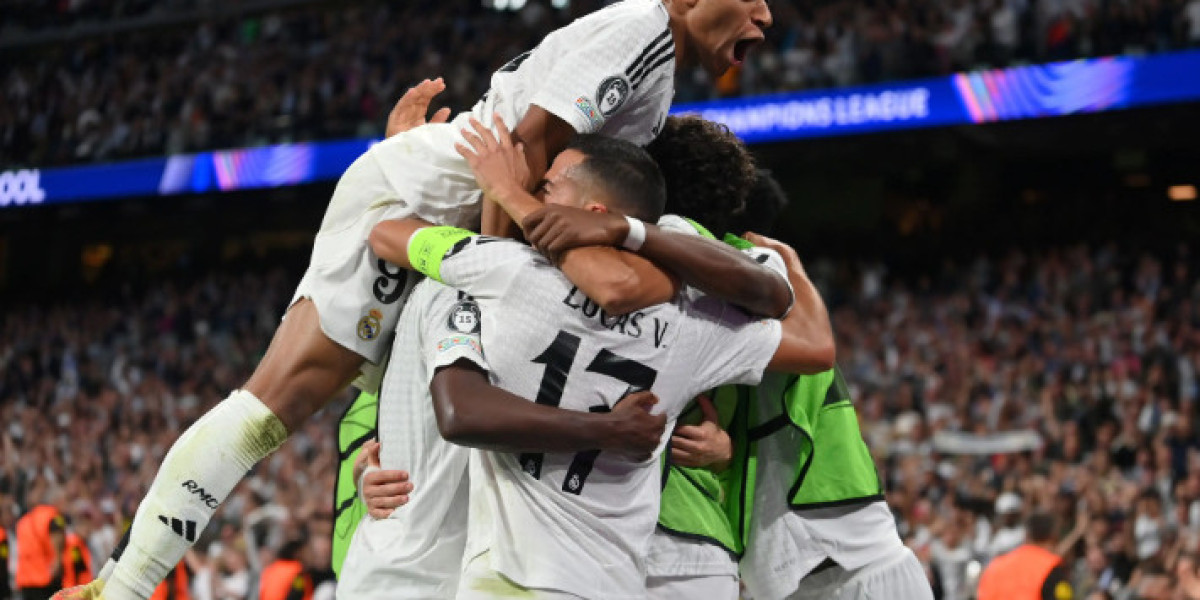Football in Europe has evolved significantly over the years, with the Premier League, La Liga, Bundesliga, Serie A, and Ligue 1 becoming the most prestigious leagues in the world. These leagues have shaped modern football through their tactical innovations, financial growth, and global influence. Here’s a look at how each of these top 5 European leagues has developed over time.
1. Premier League (England) – The Global Football Giant
Early Years (Before 1992)
The English top division, originally known as the Football League First Division, was founded in 1888. For decades, clubs like Liverpool, Manchester United, and Arsenal dominated English football.
Formation of the Premier League (1992-Present)
In 1992, the Premier League was established, marking a turning point in football history. Increased TV rights deals and sponsorships allowed English clubs to attract top international talents.
Key Developments:
Massive financial growth – The Premier League is now the richest football league in the world.
Global appeal – Fans from every continent follow EPL teams.
Tactical evolution – Influences from managers like Arsène Wenger, Sir Alex Ferguson, and Pep Guardiola transformed the league.
Biggest clubs today: Manchester United, Liverpool, Manchester City, Chelsea, Arsenal, Tottenham Hotspur.
The Premier League continues to dominate world football, combining intense competition, world-class players, and elite managers.
2. La Liga (Spain) – The Home of Football Legends
Early Growth (1929-1990s)
Founded in 1929, La Liga became the stage for legendary clubs Real Madrid and Barcelona, which shaped the league’s dominance.
The Galácticos Era & Tiki-Taka Revolution (2000s-2010s)
Real Madrid's Galácticos policy brought global superstars like Zidane, Ronaldo, and Beckham to Spain.
Barcelona’s tiki-taka style, introduced by Pep Guardiola, made them the best team in the world between 2008-2015.
Key Developments:
Dominance in European competitions – Real Madrid has won 14 Champions League titles, the most in history.
Home to some of the greatest footballers ever – Lionel Messi, Cristiano Ronaldo, and Xavi.
El Clásico (Real Madrid vs. Barcelona) remains the most famous football rivalry.
Although Atletico Madrid has challenged for the title in recent years, Real Madrid and Barcelona continue to define La Liga’s legacy.
3. Bundesliga (Germany) – The Fastest-Growing League
Foundation and Early Years (1963-1990s)
The Bundesliga was officially founded in 1963, creating a structured league system in Germany. Bayern Munich quickly rose to dominance, winning numerous league titles.
The Rise of Bayern Munich & Borussia Dortmund (2000s-Present)
Bayern Munich has become one of the most dominant teams in European football, winning multiple Champions League titles.
Borussia Dortmund emerged as a serious competitor, producing stars like Robert Lewandowski and Erling Haaland.
Key Developments:
Highest average stadium attendance in Europe.
Excellent youth development programs, producing top talents like Mesut Özil and Joshua Kimmich.
A fast-paced, attacking style of play that makes Bundesliga matches exciting.
The Bundesliga remains one of the most well-organized and financially stable leagues, with a strong emphasis on developing young talents.
4. Serie A (Italy) – The Land of Tactical Football
Golden Era of Italian Football (1980s-1990s)
AC Milan, Juventus, and Inter Milan dominated European football.
Italian teams were known for their defensive tactics (Catenaccio) and elite players like Paolo Maldini and Roberto Baggio.
Serie A was the best league in the world during this period, attracting global superstars.
Challenges & Comeback (2000s-Present)
The Calciopoli scandal (2006) damaged Serie A’s reputation, leading to a decline.
However, in recent years, clubs like Juventus, Inter Milan, and Napoli have regained strength.
The arrival of Cristiano Ronaldo in 2018 brought renewed international attention to Serie A.
Key Developments:
Famous for its tactical depth and defensive discipline.
Revival of AC Milan and Inter Milan as strong European contenders.
Italian teams remain strong in UEFA competitions.
Though Serie A is not as dominant as it was in the 1990s, it is still a respected and competitive league.
5. Ligue 1 (France) – The Talent Factory
Early Years & Competitive Balance (1932-2000s)
Ligue 1, founded in 1932, was known for its balance, with multiple clubs winning the league. Marseille, Lyon, and Monaco were strong competitors.
The Rise of PSG (2011-Present)
The Qatari takeover of PSG in 2011 changed the landscape of Ligue 1.
PSG signed superstars like Zlatan Ibrahimović, Neymar, and Kylian Mbappé, dominating the league.
Other clubs like Lille and Monaco have occasionally challenged PSG’s dominance.
Key Developments:
Ligue 1 has produced world-class talents like Zidane, Henry, and Mbappé.
PSG’s presence has raised Ligue 1’s international profile.
Increased foreign investment is helping the league grow.
Ligue 1 may not be as competitive as other leagues, but it remains a crucial talent hub in world football.
Visit too : MB8








